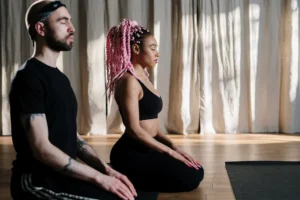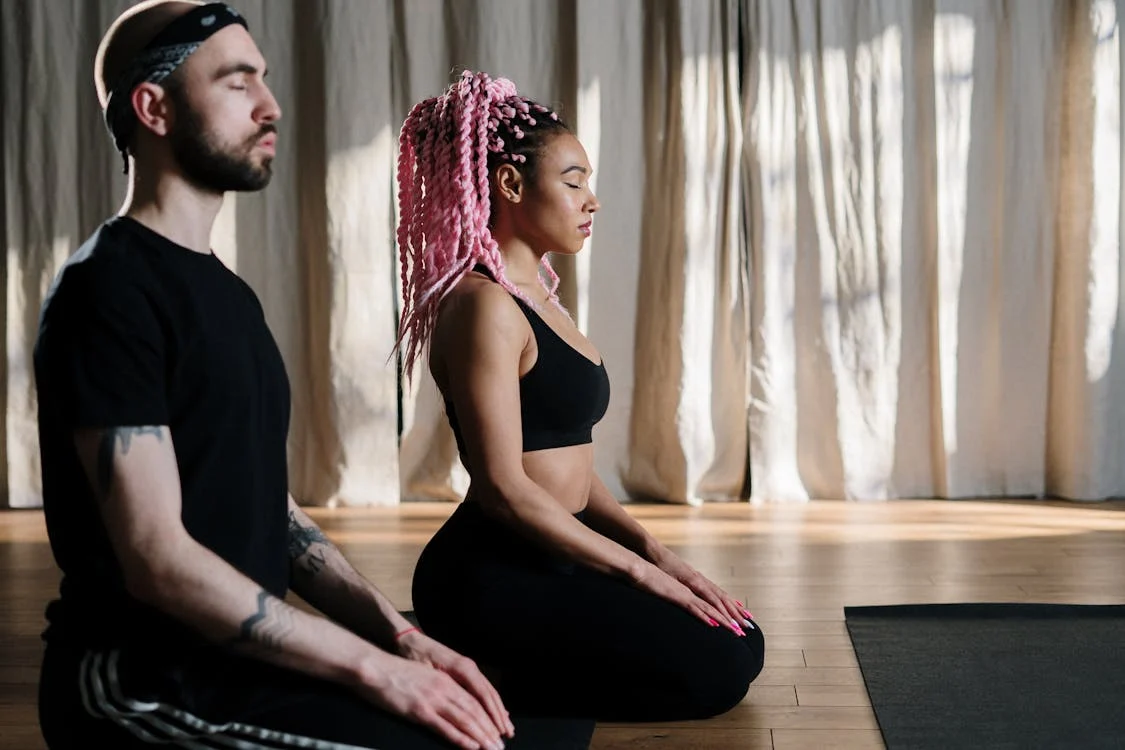Which Acting Technique Is Best?

(Photo: Cottonbro Studio | Pexels)
The world of acting offers a rich tapestry of techniques, each designed to help actors bring characters to life. From the intense emotional preparation of Method Acting to the instinct-driven focus of Meisner, actors often find themselves wondering: Which acting technique is best? The answer depends on your personal style, the role, and the project. Below, we’ll explore some of the most popular acting techniques to help you decide which might suit you best.
1. Stanislavski System: The Foundation of Modern Acting
Developed by Konstantin Stanislavski, this technique emphasizes creating truthful emotions and actions within imaginary circumstances. It focuses on an actor’s ability to analyze a script, understand a character’s objectives, and use personal experiences to evoke authentic performances.
- Best For: Actors who value emotional realism and want to deeply understand their characters.
2. Method Acting: Living the Role
Evolved from Stanislavski’s work, Method Acting (popularized by Lee Strasberg) involves deeply immersing yourself in the character by drawing from personal memories or physically living aspects of the role. Famous practitioners include Daniel Day-Lewis and Marlon Brando.
- Best For: Actors tackling intense, emotionally demanding roles.
- Considerations: It can be physically and emotionally exhausting if not approached with care.
3. Meisner Technique: Living Truthfully in the Moment
Developed by Sanford Meisner, this technique trains actors to respond instinctively and truthfully to their environment and scene partners. It involves repetition exercises to build natural reactions and focus on the present moment.
- Best For: Actors who value spontaneity and thrive on interaction with others in the scene.
4. Uta Hagen: Substitution and Realism
Uta Hagen’s technique encourages actors to substitute their own experiences for those of the character to build emotional authenticity. It also emphasizes detailed analysis and a strong connection to the character’s environment.
- Best For: Actors seeking a balance of emotional depth and intellectual analysis.
5. Stella Adler: Imagination and Creativity
Stella Adler, a disciple of Stanislavski, believed in the power of imagination rather than personal experience to bring characters to life. Her approach encourages actors to think creatively and expansively about their roles.
- Best For: Actors who prefer not to rely on personal memories for their performances.
6. Chekhov Technique: Psychological Gesture
Michael Chekhov developed this technique, which combines physical movement with psychological intention. Through psychological gestures, actors use external motions to unlock internal emotions.
- Best For: Actors who find a physical approach to emotions effective.
7. Practical Aesthetics: A Pragmatic Approach
Co-created by David Mamet and William H. Macy, this technique focuses on analyzing the script and breaking it down into manageable actions. It eschews emotional recall and instead relies on the pursuit of clear objectives.
- Best For: Actors who prefer a straightforward, no-frills approach.
Choosing the Right Technique
The “best” acting technique often depends on your individual needs, the nature of the role, and the medium you’re working in (stage, film, or television). Here are some tips to guide your choice:
- Experiment: Explore different techniques to find what resonates. Many actors blend multiple methods to create their unique approach.
- Consider the Role: Method Acting might work for a tortured drama, while Meisner’s instincts might shine in improvisational scenes.
- Know the Medium: Film acting often requires subtlety, making Stanislavski or Practical Aesthetics a good fit, while stage performances may benefit from the physicality of Chekhov.
- Evaluate Your Comfort Zone: Some techniques, like Method Acting, can be emotionally taxing. Choose one that aligns with your mental and emotional well-being.
Conclusion
There is no one-size-fits-all answer to which acting technique is best. The beauty of acting lies in its diversity; the right technique for you is the one that helps you connect deeply with your character and deliver a powerful performance. Whether you choose Stanislavski, Meisner, or a blend of techniques, the key is to remain curious, open, and dedicated to your craft.




